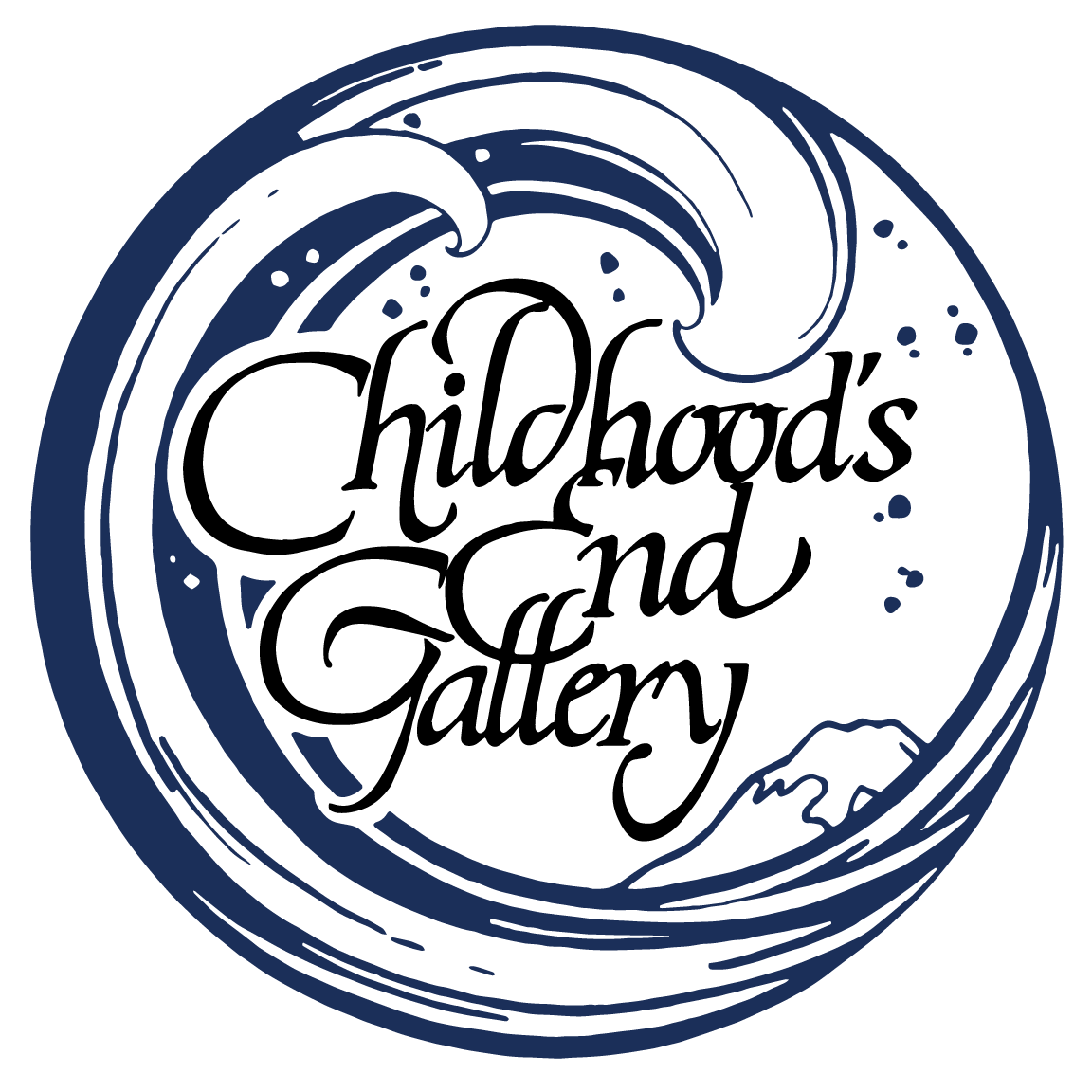Glass
Blown
-Blowing glass is the technique of forming a piece by inflating molten glass using a blowpipe. Traditionally and in modern glass work, the molten glass is slightly inflated and then manipulated into form with the aid of tools, a mold, or by swinging and rolling it. It is then inflated to the desired size, all while being carefully controlled at the appropriate temperature.
-Blowing glass is the technique of forming a piece by inflating molten glass using a blowpipe. Traditionally and in modern glass work, the molten glass is slightly inflated and then manipulated into form with the aid of tools, a mold, or by swinging and rolling it. It is then inflated to the desired size, all while being carefully controlled at the appropriate temperature.
Hand Blown
-A piece that is completely handmade, without the use of machinery or molds, using just a blowpipe for inflation and hand tools for manipulation.
-A piece that is completely handmade, without the use of machinery or molds, using just a blowpipe for inflation and hand tools for manipulation.
Mold Blown
-A piece with effects or grooves created by inflating the glass into a metal or wooden carved mold. In this way, the shape and texture of the molten glass is determined by the design of the interior of the mold.
-A piece with effects or grooves created by inflating the glass into a metal or wooden carved mold. In this way, the shape and texture of the molten glass is determined by the design of the interior of the mold.
Etched
-Usually acid is used to strengthen a glass piece, or to create a chemical reaction or etched effect on its surface.
-Usually acid is used to strengthen a glass piece, or to create a chemical reaction or etched effect on its surface.
Lampwork
-Also known as flamework, this is the technique of forming glass using a hand-held heat source, usually a gas blow torch. It is the process of shaping glass rods and manipulating them with tongs, forceps, and other small tools.
-Also known as flamework, this is the technique of forming glass using a hand-held heat source, usually a gas blow torch. It is the process of shaping glass rods and manipulating them with tongs, forceps, and other small tools.
Slumped
-Glass that has been reheated until it becomes soft and gradually flows under its own weight over or into a mold, eventually assuming its shape.
-Glass that has been reheated until it becomes soft and gradually flows under its own weight over or into a mold, eventually assuming its shape.
Cased glass/casing
-Not to be mistaken with encasing, casing glass is the technique of adhering two different colored glasses and then inflating them together. Sometimes, the upper layer is carved to produce cameo style glass.
-Not to be mistaken with encasing, casing glass is the technique of adhering two different colored glasses and then inflating them together. Sometimes, the upper layer is carved to produce cameo style glass.
Cast glass/casting
-The technique of using a solid mold to either pour molten glass into or to pack in solid glass to be melted in an oven.
-The technique of using a solid mold to either pour molten glass into or to pack in solid glass to be melted in an oven.
Crackle
-Dipping a piece while still hot into a bucket of cold water will shatter the outside of the piece while leaving the inside intact, thus giving the appearance of cracked glass.
-Dipping a piece while still hot into a bucket of cold water will shatter the outside of the piece while leaving the inside intact, thus giving the appearance of cracked glass.
Encased
-An object, such as a paperweight, that is encased in clear molten glass and then shaped.
-An object, such as a paperweight, that is encased in clear molten glass and then shaped.
Faceting
-The process of grinding and polishing an object to give the surface a pattern of planes or facets.
-The process of grinding and polishing an object to give the surface a pattern of planes or facets.
Feathering
-The process of dragging a thread across a hot piece of glass to create a decorative effect.
-The process of dragging a thread across a hot piece of glass to create a decorative effect.
Furnace
-An oven that holds molten glass. Glassblowing involves three furnaces, each at different temperatures, for heating, reheating, and eventual cooling.
-An oven that holds molten glass. Glassblowing involves three furnaces, each at different temperatures, for heating, reheating, and eventual cooling.
Glory Hole
-An oven that is used to reheat glass between steps of working with it. Usually remains open during the working of a piece and sits around 2,200 degrees Fahrenheit.
-An oven that is used to reheat glass between steps of working with it. Usually remains open during the working of a piece and sits around 2,200 degrees Fahrenheit.
Incalmo
-The technique of joining together, while still hot, two separately blown glass bubbles to produce a single bubble.
-The technique of joining together, while still hot, two separately blown glass bubbles to produce a single bubble.
Inclusions
-Any metallic particles, foil, bubbles, or pieces of contrasting-colored glass embedded in the main body of the glass.
-Any metallic particles, foil, bubbles, or pieces of contrasting-colored glass embedded in the main body of the glass.
Iridescence
-Iridescence causes the surface of glass to shimmer, but also causes a degree of opacity. This iridescent effect of the glass is obtained by mixing different colors of glass together while hot.
-Iridescence causes the surface of glass to shimmer, but also causes a degree of opacity. This iridescent effect of the glass is obtained by mixing different colors of glass together while hot.
Latticino
-Lattice, fine threads of specifically lattimo glass in a spiral or net pattern.
-Lattice, fine threads of specifically lattimo glass in a spiral or net pattern.
Millefiori
-Italian word combining 'mille' meaning thousand and 'fiori' meaning flowers.
It is a glass technique using different colors of glass layered one over the other into a cane. The soft glass cane is then pulled to it's desired thickness and cut into segments.
-Italian word combining 'mille' meaning thousand and 'fiori' meaning flowers.
It is a glass technique using different colors of glass layered one over the other into a cane. The soft glass cane is then pulled to it's desired thickness and cut into segments.
Opalescent
-Glass that has more than one color present after being fused.
-Glass that has more than one color present after being fused.
Leaf
-Paper thin gold or silver used for surface decoration
-Paper thin gold or silver used for surface decoration
Sandblasting
-A coarse method of etching on glass by firing abrasive powder through a stencil.
-A coarse method of etching on glass by firing abrasive powder through a stencil.
Dichroic
-Stemming from the Greek roots "di" for two and "chroma" for color, it literally means two colored glass. Micro-layers of various metallic oxides are added on top of the glass, creating different wavelengths of light to either reflect or transmit more than others, causing an array of colors to be displayed.
-Stemming from the Greek roots "di" for two and "chroma" for color, it literally means two colored glass. Micro-layers of various metallic oxides are added on top of the glass, creating different wavelengths of light to either reflect or transmit more than others, causing an array of colors to be displayed.
Mt. St. Helens Ash Art Glass
-After the most violent eruption in the United States, millions of tons of ash drifted thousands of miles. This ash is predominantly composed of silica, calcium, and potassium - all common glass forming materials - and iron, which is used as a coloring agent. Different chemical compositions of ash result in different colors of glass, and this has been handblown into different ornaments and decorative pieces.
-After the most violent eruption in the United States, millions of tons of ash drifted thousands of miles. This ash is predominantly composed of silica, calcium, and potassium - all common glass forming materials - and iron, which is used as a coloring agent. Different chemical compositions of ash result in different colors of glass, and this has been handblown into different ornaments and decorative pieces.


